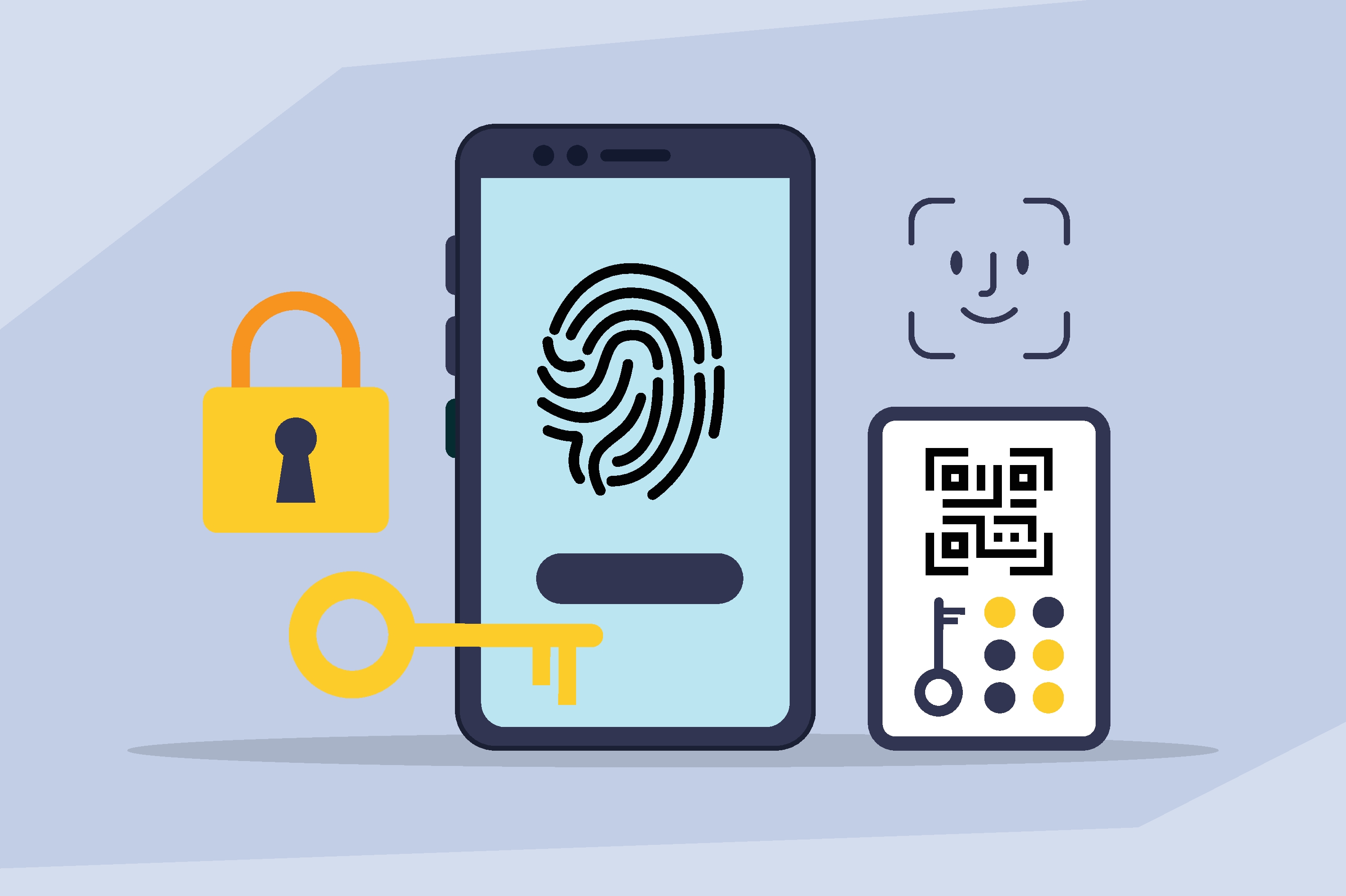Breaking Through the Crypto Bottleneck: Leveraging Phone-Centric Identity to Accelerate Crypto Onboarding

While the lines of container ships waiting outside the nation’s ports are dominating news coverage, the crypto industry is experiencing its own bottleneck of epic proportions. Within the industry, it’s no secret that crypto wallets and exchanges are buckling under the pressure to onboard the unprecedented number of would-be investors while complying with a byzantine patchwork of regulations (including KYC and AML checks). As a result, prospective investors are waiting longer and longer to gain access to trading platforms, driving many to either seek out competitors or give up on crypto altogether. While it might be tempting to dismiss the current delays in onboarding as a champagne problem (after all, what company wouldn’t want their biggest challenge to be too many customers to onboard, too little time?), lengthy and complicated onboarding processes caused by antiquated identity verification procedures can slow growth and derail companies in today’s digital-first economy. To break through the bottleneck, a growing number of crypto companies are eliminating pain points like time-consuming step-up challenges with quick and simple identity verification flows that can be completed in one go. If you’re a crypto executive who is nodding your head to these challenges, here are 3 tips for breaking through the onboarding bottleneck:
- It’s 2022. Don’t make your customer hunt for their utility bill or bank statement: Regulations vary state-by-state, which means that the first step to every onboarding process is establishing proof of residence. Most companies have made the mistake of going the old-school route and asking customers to dig up a utility bill or bank statement to prove their residence. If your onboarding flow is reminiscent of a trip to the DMV, you know you’re in trouble. Instead, companies should take the pain out of proof-of-residence checks and establish where a customer lives in real-time using only a phone number.
- Embrace minimalism, reject forms: When filling out forms (especially on your phone), less is more. Already popular in other financial industry sectors, Prove Pre-Fill reduces fraud and accelerates onboarding, resulting in an average 35% reduction in customer abandonment. In a typical onboarding flow, the consumer fills out forms, and then the onboarding system verifies the information using an authoritative source. Prove Pre-Fill harnesses the power of Phone-Centric Identity™ to autofill forms using an authoritative source and then asks the consumer to simply confirm the answers. It’s the modern form of identity verification.
- An ounce of prevention is worth a pound of cure: Shoddy onboarding procedures that enable fraudsters to create fake accounts result in synthetic identity fraud at a massive scale. Make sure your crypto exchange is not in the news for all of the wrong reasons by adopting the phone-centric identity technology so powerful that it is already trusted by 2 of the top 3 cryptocurrency exchanges (not to mention 8 of the top 10 banks).
Crypto investors don’t want to wait to get in the action, which is why quick, smooth onboarding and modern identity verification is a competitive advantage in today’s competitive marketplace. Contact Prove to learn how you can leverage phone-centric technology to break through the bottleneck and secure your onboarding experience today.

Keep reading
 Read the article: The Death of the OTP: Why Legacy MFA is Failing the Modern Consumer
Read the article: The Death of the OTP: Why Legacy MFA is Failing the Modern ConsumerDiscover why legacy MFA is failing and how Prove Unified Authentication provides a smarter, frictionless alternative. Learn how to replace insecure SMS OTPs with continuous, multi-layered identity assurance that prevents fraud while boosting conversion rates.
 Read the article: Prove Launches ProveX℠, the Internet’s First Digital Trust Exchange
Read the article: Prove Launches ProveX℠, the Internet’s First Digital Trust ExchangeProve launches ProveX, ProveX, a new digital trust exchange that enables enterprises to instantly access verified data and credentials from partners, while preserving trust through every interaction
 Read the article: Beyond the OTP: Why SMS-Based 2FA Is Failing and What Comes Next
Read the article: Beyond the OTP: Why SMS-Based 2FA Is Failing and What Comes NextExplore the classic conflict between security measures and user friction.













